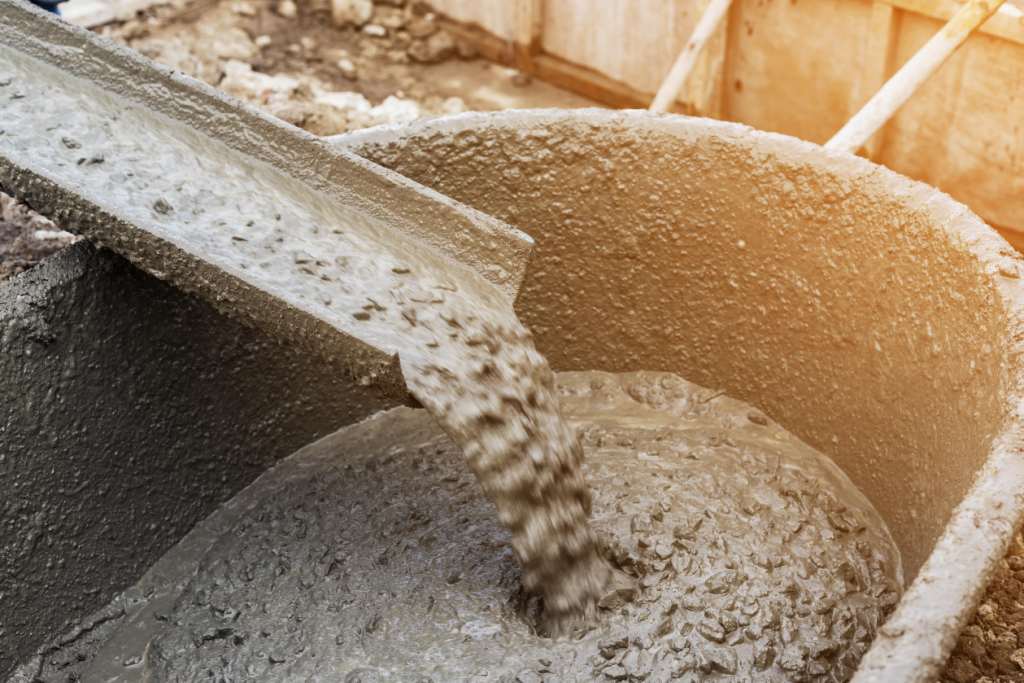A Closer Look at Concrete Accelerator Admixtures
This is where concrete accelerator admixtures come into play, offering a game-changing solution to expedite the concrete setting process. In this blog, we'll delve into the fascinating world of concrete accelerator admixtures, exploring their benefits, applications, and the science behind their effectiveness.
Understanding Concrete Accelerator Admixtures
Concrete accelerator admixtures are chemical compounds added to concrete mixes to accelerate the rate at which concrete sets and gains strength. These admixtures are particularly valuable in cold weather conditions or when rapid strength development is essential. They work by facilitating the formation of hydration products in the cement, which leads to faster setting and increased early-age strength.
Cold Weather Construction: When temperatures drop, concrete curing can slow down significantly. Concrete accelerator admixtures enable construction projects to proceed even in chilly weather conditions, reducing downtime and maintaining productivity.
Emergency Repairs: In situations where rapid repairs are required, such as road maintenance or infrastructure fixes, concrete accelerator admixtures provide a quick solution, minimizing disruption and ensuring safety.
Prefabrication and Precasting: Accelerator admixtures are essential for precast concrete elements, allowing for faster demolding and assembly, thus increasing efficiency in prefabrication processes.
Early Load-Bearing: In some projects, it's necessary for concrete to bear loads at an early stage. Accelerator admixtures offer the advantage of achieving higher early strength, enabling quicker load transfer and construction progression.
Types of Concrete Accelerator Admixtures
There are two primary categories of concrete accelerator admixtures: chloride-based and non-chloride-based. Chloride-based accelerators, such as calcium chloride, are known for their rapid action and are effective in cold weather. However, their use is limited in applications where corrosion of reinforcing steel is a concern. Non-chloride accelerators, like calcium nitrate or triethanolamine, provide a safer alternative without compromising on performance.
The Science Behind Acceleration
The acceleration process involves complex chemical reactions. Accelerators increase the concentration of ions in the concrete mix, which triggers the hydration reaction and the formation of calcium silicate hydrate (C-S-H) gel—the primary binding agent in concrete. This accelerated formation of C-S-H gel leads to early setting and strength development.
Best Practices and Precautions
While concrete accelerator admixtures offer numerous advantages, it's essential to follow best practices to ensure optimal results. Proper dosage, mixing procedures, and compatibility with other admixtures are critical factors. Additionally, precautions should be taken to prevent issues like rapid drying, which can lead to cracking.
Conclusion
Concrete accelerator admixtures have revolutionized the construction industry by providing a means to expedite the concrete setting process. Their ability to enhance early-age strength, enable cold-weather construction, and facilitate quick repairs makes them a valuable tool for engineers, contractors, and project managers alike. By understanding the science behind these admixtures and implementing best practices, construction professionals can harness the power of concrete acceleration to achieve efficient, timely, and durable results in their projects.


Comments
Post a Comment